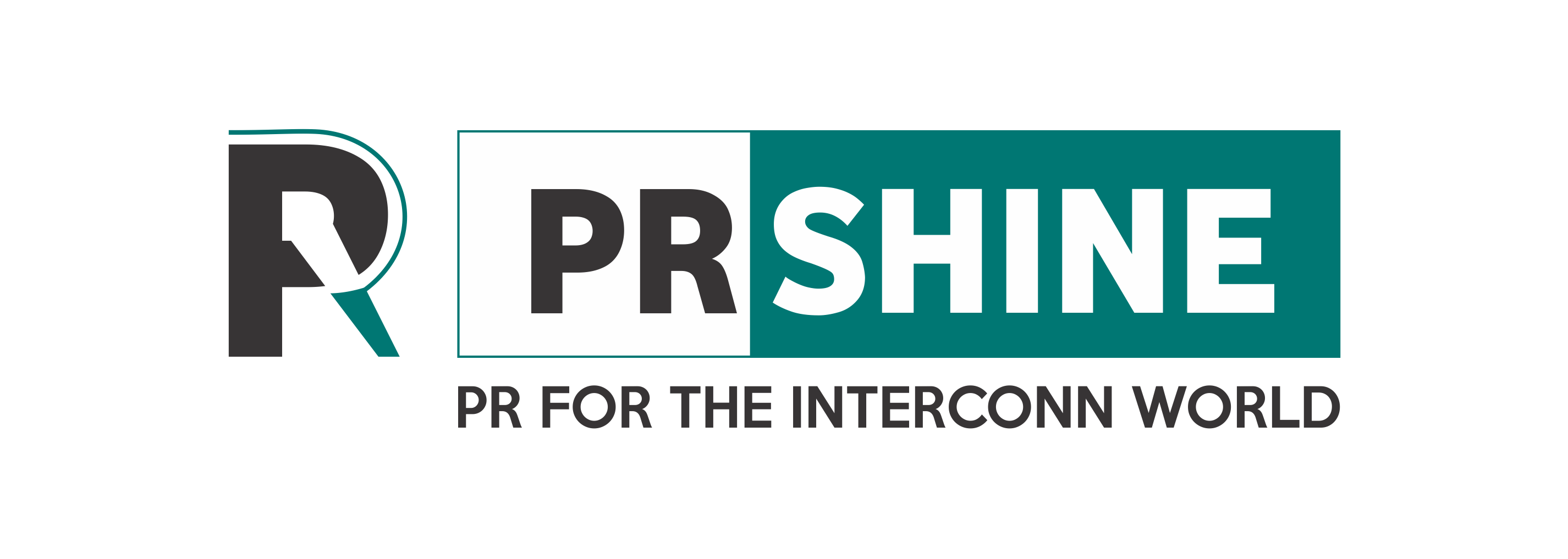11 Types of Managed IT Services: Discussing Your Options
Are you looking for a more efficient and reliable way to manage your IT services in San Diego? These tips can help you decide which IT-managed services are right for your business.

A managed IT services provider can help you improve the efficiency of your business by securing your systems and backing up important files, but which type of managed IT services should you opt for? There are many different options, each with unique pros and cons. This article looks at 11 kinds of managed IT services, discussing the benefits of each so that you can decide which one best fits your business needs.
1) IT Support Services
Many businesses turn to IT services in San Diego because they need an expert to troubleshoot and install their devices and secure them. Unfortunately, maintaining a machine yourself is not feasible for many companies- not only are there too many devices, but the skillset necessary to do so would be prohibitively expensive.
Other forms of managed services include backup and cloud storage. Cloud storage is primarily concerned with storing your data on remote servers and backing it up to prevent file loss, while backup involves creating a second copy of your files they are lost.
2) Cybersecurity Services
Cybersecurity is necessary in a world where hackers can quickly access privileged information. However, cybersecurity services vary in the service provided, cost, and type of protection, so it's essential to know your options when shopping for this service. Some cybersecurity services, such as antivirus software, are fundamental and inexpensive, while others may be more specialized.
One specialized cybersecurity service is DDoS mitigation. DDoS attacks, which have become increasingly common in recent years, involve hackers bringing down servers by flooding them with excessive traffic. A mitigation company protects your business from these threats by providing a defense system that filters out dangerous traffic while allowing legitimate connections.
3) Network Infrastructure
Network infrastructure ensures that your business is always connected and that data can securely transfer from one device to another. Network infrastructures typically use a router to direct the traffic, which has two ports. A firewall sits between the router and your server or local area network, preventing outside users from gaining access to those devices. The firewall also protects against viruses being transmitted into the system through email attachments or unauthorized downloads.
You'll also want to consider how many people will use your network at any time. As you add users, you'll need to ensure enough bandwidth to accommodate all those devices. But, of course, the more devices connected, the slower your connection will become. That's why some businesses opt for a virtual private network (VPN) solution that allows employees traveling or working remotely to access their corporate networks securely and quickly via any device they choose.
4) Help Desk Support
Help desk support for your business can range from a few hours per week to full-time around-the-clock monitoring. That makes it a good option for companies that are too small to need or want a full-time managed service but still want some access to help and troubleshooting. You will have limited one-on-one time with your technical contact, who will collaborate remotely on computer-related questions, walk you through an emergency, and provide general tech training as needed.
5) IT Virtualization Services
One type of managed service, IT virtualization, can be used to create a secure operating environment for your data and applications on any hardware. This approach provides efficient delivery of resources and responsiveness to an enterprise's IT needs. This software as a service (SaaS) automates the planning, deployment, and management processes associated with PC virtualization, storage virtualization, and network virtualization.
The most common types of managed services are those that involve virtualization. This refers to virtual desktop infrastructure (VDI) and private cloud computing. Both solutions enable users to access data and applications remotely on various devices using cloud technology rather than connecting locally to server hardware. There is done through a virtual private network (VPN) or remote-access software such as Microsoft RDP.
6) Disaster Recovery Planning (DRP)
Now is the time to start thinking about disaster recovery planning. First, list all your critical information and start thinking about what it would take to recover those files should they be deleted or corrupted. Keep in mind that you are not just protecting against data loss but also against natural disasters, hackers, and other threats. The more prepared you are for any potential issue, the less damage it will cause when something does happen; if this sounds like an overwhelming task for one person to manage, reach out to an IT professional for help!
7) Managed Cloud Computing Services
Cloud computing is where the business doesn't have to worry about hosting and management at all, but it's still within its price range. It is a prevalent form of managed IT services. Here are five other types:
- Remote Monitoring and Management
- Server Backup
- Virtualization Platforms
- Business Continuity Plans (BCP)
- Corporate Wireless Networks
- Security Solutions
8 ) Business Continuity and Backup Solutions
To keep your company up and running, it is vital to have a solid disaster recovery plan in place. But even before that, ensure you have reasonable backup solutions if something happens to the network. Solutions include remote replication, which can help to protect from disasters like data center outages or natural disasters. You may also want to investigate maintaining off-site backups so your information can be stored off-site at a secure facility if something ever happens at your business location.
9 ) Data Analytics
Data analytics is one of the market's newest types of managed services today. This is an innovative way to offer your customers real-time insights and statistics that they can use to drive their business growth. Data analytics monitors data points in real-time and makes automatic adjustments when necessary. This service can integrate across all systems and leverage new and existing technologies, making it a trendy choice among large businesses and organizations that want to improve performance.
10 ) MSP Outsourcing - Shared Service Model
MSP Outsourcing: Shared Service Model  Shared Service Model (S3)  means that the MSP will manage everything from developing an IT roadmap to allocating personnel to running day-to-day operations. This is one type of managed service if you're looking for a low-cost way to offload the responsibility and risks associated with your organization's IT needs.
There are a few different outsourcing models for MSPs to consider. The first and most common model is an MSP managed service (S1), where you pay an outside company to work on your behalf. But what if you have an in-house team already?
In that case, you might consider using an MSP co-sourced model (S2). With a co-sourced model, you will oversee your in-house team while relying on outside support. On the other hand, if you choose to go with an S3 model, your company will have no full-time employees dedicated to IT operations. Instead, you'd have access to on-demand resources.
11 ) Integrated Systems Management
Integrated Systems Management (ISM) is a package that includes many different software and hardware products to allow for centralized management. Typically, ISM will consist of tools for backup, data protection, antivirus, other security needs, remote monitoring, and help desk services.
This is an ideal package for small and medium businesses that need to keep track of everything happening on their network. However, it's not meant for large enterprises or data centers that require specific tools or software for different functions.
Conclusion:
It will come down to your company's needs regarding which 11 types of managed IT services are best for you. Talk with your employees and other industry professionals familiar with these services before deciding. With managed security and firewall options, hosted applications management, remote and on-site computer support, network connectivity, and much more, now's the time to find out what managed IT services in Chula Vista suit you.
Each company should be able to provide you with a breakdown of how it delivers each type of managed service. Don't take anyone's word for it—learn what their offering includes and decide whether it matches your business needs. The Internet makes finding that information more effortless than ever before.












